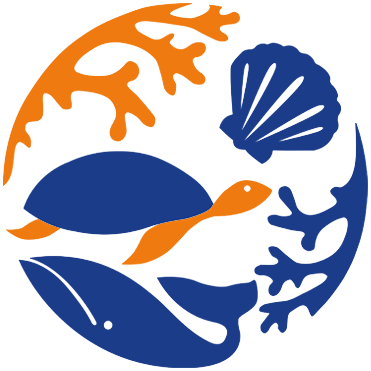Craniella abracadabra de Laubenfels, 1954
Google image |
No photo available for this species.
Classification / Names Common names | Synonyms | CoL | ITIS | WoRMS
Demospongiae | Tetractinellida | Tetillidae
Environment: milieu / climate zone / depth range / distribution range Ecology
Sessile; depth range 5 - 20 m (Ref. 99649). Tropical
Distribution Countries | FAO areas | Ecosystems | Occurrences | Introductions
Central Pacific: French Polynesia and Micronesia.
Length at first maturity / Size / Weight / Age
Maturity: Lm ? range ? - ? cm
Life cycle and mating behavior Maturity | Reproduction | Spawning | Eggs | Fecundity | Larvae
Main reference
References | Coordinator | Collaborators
Hall, K.A., P.R. Sutcliffe, J.N.A. Hooper, A. Alencar, J. Vacelet, A. Pisera, S. Petek, E. Folcher, J. Butscher, J. Orempuller, N. Maihota and C. Debitus 2013 Affinities of sponges (Porifera) of the Marquesas and Society Islands, French Polynesia. Pacific Science 67(4):493-511. (Ref. 97236)
IUCN Red List Status
(Ref. 130435: Version 2025-1)
CITES status (Ref. 108899)
CMS (Ref. 116361)
Threat to humans
Human uses
| FishSource |
Tools
More information
Diet composition
Food consumption
Predators
Max. ages / sizes
Length-weight rel.
Length-length rel.
Length-frequencies
Mass conversion
Abundance
Internet sources
BHL | BOLD Systems | CISTI | DiscoverLife | FAO(Publication : search) | Fishipedia | GenBank (genome, nucleotide) | GloBI | Gomexsi | Google Books | Google Scholar | Google | PubMed | Tree of Life | Wikipedia (Go, Search) | Zoological Record


